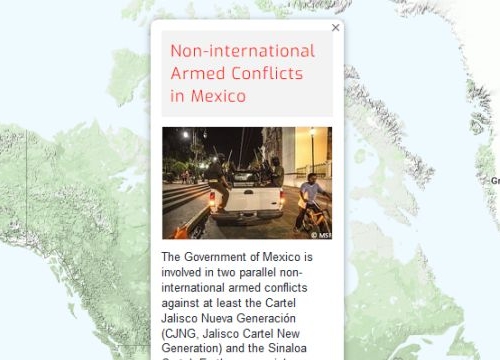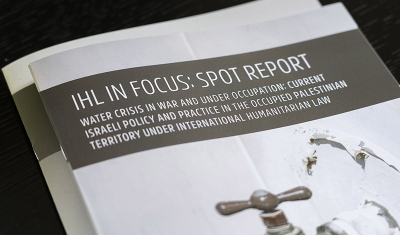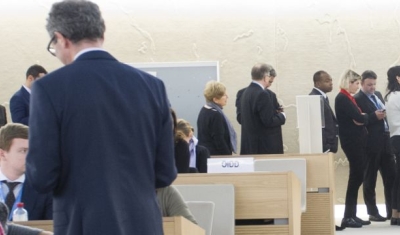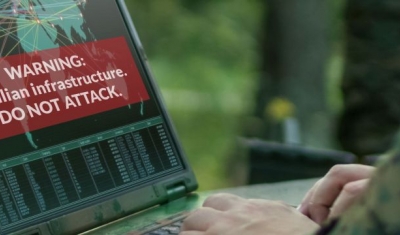Two New Non-International Armed Conflicts in Mexico Involving the Sinaloa Drug Cartel


Geneva Academy
10 March 2020
Over the last decades, Mexico has been affected by armed violence between the government and a number of cartels, as well as between such cartels.
In this context, our Rule of Law in Armed Conflict (RULAC) online portal concluded back in 2019 that Mexico and the Cartel Jalisco Nueva Generación (CJNG, Jalisco Cartel New Generation) are parties to a non-international armed conflict (NIAC).
Further research conducted by the RULAC research team highlighted that the level of organization of the Sinaloa Cartel, as well as the intensity of the armed violence between this cartel and both the Mexican armed forces and the CJNG – the two criteria to assess whether a situation of armed violence amounts to a NIAC under international humanitarian law (IHL) – allow classifying these two situations as NIACs.
‘This classification implies that IHL applies – in addition to international human rights law – and that war crimes can be committed by members of the Mexican armed forces and of the Sinaloa Cartel. For countries that are not involved in these conflicts, this classification notably triggers arms control treaty regimes’ underlines Professor Marco Sassòli, Director of the Geneva Academy.
Classification as NIACs Triggered by the Level of Armed Violence and the Sinaloa Cartel’s Degree of Organization
In-depth research conducted into the armed violence between the Sinaloa Cartel and both the Mexican armed forces and the CJNG, and into the level of organization of the Sinaloa Cartel triggered this classification.
‘Classifying armed violence between cartels and Mexican armed forces can be challenging, especially with regard to information regarding the level of organization. Furthermore, while violence in Mexico is surely high, it is necessary to establish a nexus between episodes of violence and the conflict. Our research clearly showed that both the level of organization of the Sinaloa Cartel and the level of confrontations with the Mexican armed forces and the CJNG meet the IHL criteria’ underlines Dr Chiara Redaelli, Research Fellow at the Geneva Academy.
‘Although criminal organizations pursue mainly economic objectives, this does not imply that they cannot be a party to a conflict under IHL. However, even if a drug cartel is a party to a NIAC, not all its members are members of an armed group with a continuous combat function, but only the members of its armed wing. While in practice this distinction might be challenging, not every drug dealer is a legitimate target, even if they belong to a cartel that is a party to a NIAC’ she explains.
The Mexico entry of our RULAC website provides a detailed analysis and legal classification of these two new NIACs, including information about parties to the conflict, its classification as a NIAC and applicable international law.
About RULAC
The RULAC database is unique in the world in that it legally classifies situations of armed violence that amount to an armed conflict – international or non-international – under international humanitarian law (IHL).
It currently monitors more than 37 armed conflicts involving at least 52 states, providing information on the parties to these conflicts, and applicable international law.








